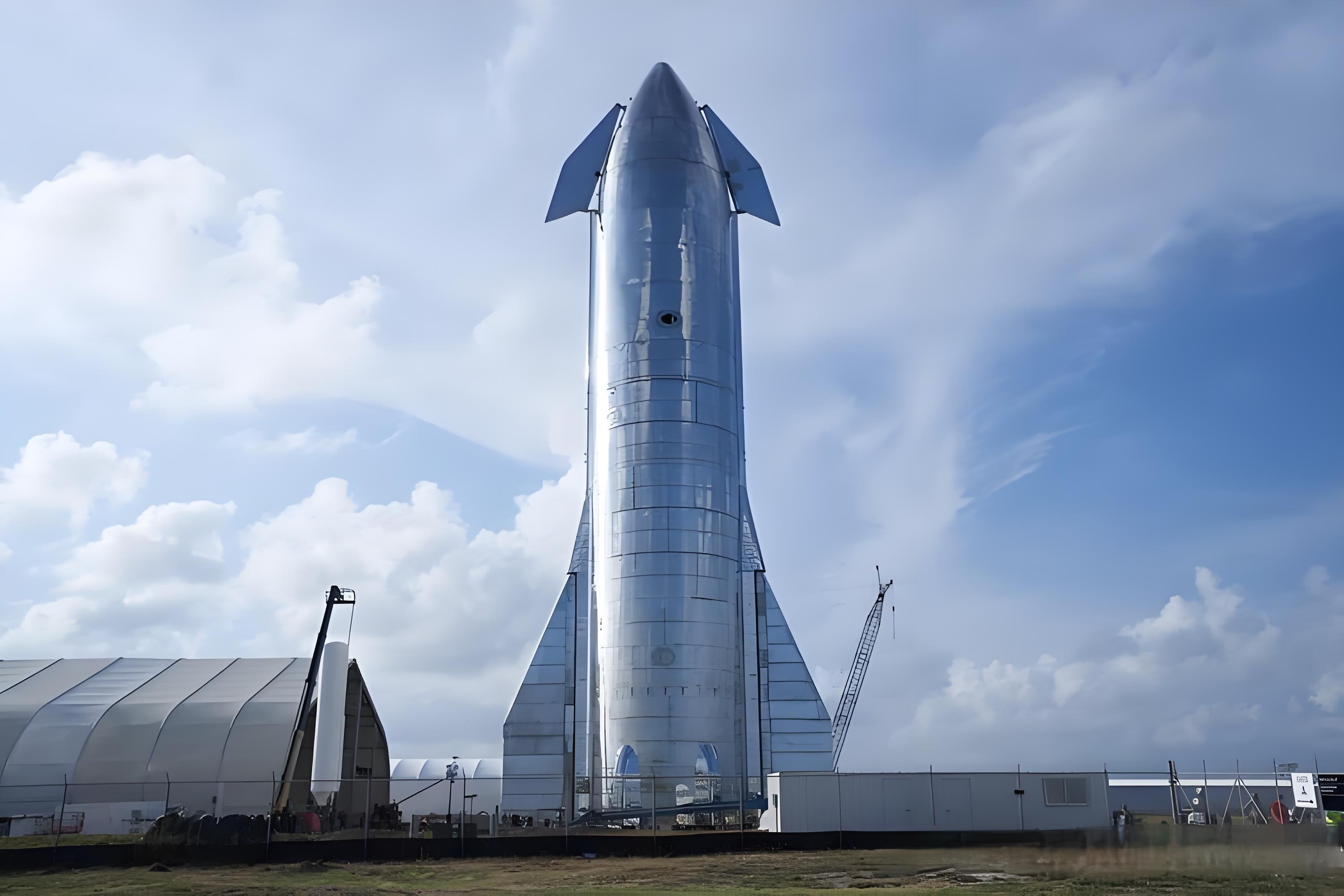
SpaceX, which has been making waves in the aerospace field, has once again become the global focus recently. Its founder, Elon Musk, disclosed the key progress of the Starship project and the remarkable Mars exploration plan on a social platform, painting a clearer blueprint for humanity's journey into the universe.
Musk said that SpaceX is working intensively to improve the design of Starship V3. In the past explorations, the Starship has undergone several test flights. Each attempt has been accompanied by challenges and breakthroughs, and the optimization of the V3 design is undoubtedly an important step towards a more stable and efficient space transportation system. The current version of the Starship rocket is approximately 120 meters long and about 9 meters in diameter. It consists of two parts: a "Super Heavy" booster that is about 70 meters long and the Starship spacecraft. Both stages are reusable. This huge spacecraft shoulders the mission of sending people and goods to Earth's orbit, the Moon, and even Mars.
Even more exciting is that Musk expects that within about 12 months in the future, the launch frequency of the Starship will achieve a qualitative leap, reaching once a week. When the Starship becomes fully reusable, each launch will be able to send about 100 tons of supplies to the Starlink orbit. This progress is of far-reaching significance. The Starlink project aims to build a global satellite internet to provide high-speed internet access to remote areas. And the efficient transportation capability of the Starship will greatly accelerate the deployment of Starlink satellites, enabling more corners of the world to enjoy convenient network services and further promoting the global digitalization process.
In addition to the progress related to Starlink, Musk also revealed key information about the Mars plan. On March 15, local time, he announced on social media that the heavy-lift rocket "Starship" will land on Mars at the end of 2026, carrying Tesla's humanoid robot "Optimus". As Tesla's exploration achievement in the field of humanoid robots, "Optimus" was selected to participate in the Mars mission and shoulders a special mission. It can conduct explorations, collect samples, and even assist in building preliminary infrastructure in the complex environment of Mars, providing valuable data and practical experience for subsequent manned landing missions.
If this landing is successful, the manned Mars mission could be carried out as early as 2029, although Musk believes that 2031 is more likely. From the initial proposal of the Mars colonization plan to the gradual clarification of the mission time nodes nowadays, SpaceX is steadily advancing on the road of Mars exploration. In early 2024, Musk once said that the first unmanned Mars exploration mission would be carried out within 5 years, and the first manned Mars exploration mission would be carried out within 7 years. This adjustment of the time plan is also based on the actual progress of the project and a comprehensive consideration of the mission's safety and reliability.
Looking back on the test flight history of the Starship, it has been full of ups and downs and challenges. During the eighth test flight on the evening of March 6, local time, the first-stage booster of the rocket was successfully recovered by the launch tower. It was precisely caught by the robotic arm on the launch tower during the descent and was captured and recovered in mid-air, which is undoubtedly a powerful proof of the technological breakthrough of the Starship. However, the second-stage spacecraft of the rocket "suddenly and rapidly disintegrated" during the ignition process of the ascending engine, losing contact with the ground team and resulting in the failure of the mission. During the seventh test flight on January 16, the second-stage spacecraft of the rocket also lost contact with the ground team and experienced a "rapid unplanned disintegration" during the combustion process. Despite these setbacks, SpaceX said that it will conduct in-depth research on the data of each test flight, continuously improve the technology, and enhance the reliability of the Starship.
A series of Musk's plans, whether it is increasing the launch frequency of the Starship to serve Starlink or advancing the Mars exploration plan, all demonstrate his grand vision for future space exploration and human development. The success of the Starship project will not only change the pattern of the aerospace industry but also may open a new era of human interplanetary migration, bringing humanity one step closer to the goal of becoming a multi-planetary species. And in this journey full of challenges and opportunities, every breakthrough of SpaceX is worthy of global anticipation.

Recently, according to people Media, McDonald's announced the launch of a new holiday set inspired by the classic Christmas story "The Christmas Freak", which is scheduled to officially hit the US market on December 2nd.
Recently, according to people Media, McDonald's announced t…
In the Geneva negotiation hall that day, by the time coffee…
On the evening of November 25th local time, the three major…
Amidst the intensifying global geopolitical conflicts and t…
As ESG concepts evolve and regulatory scrutiny intensifies,…
As the winter and spring tourism peak season of 2025 approa…